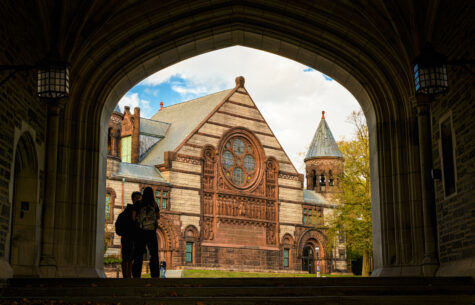Editorial: “Students Don’t Shed Their Rights at the Schoolhouse Gate”
January 29, 2019
The U.S. Bill of Rights states “Congress shall make no law respecting an establishment of religion, or prohibiting the free exercise thereof; or abridging the freedom of speech, or of the press; or the right of the people peaceably to assemble, and to petition the Government for a redress of grievances.”
The First Amendment enshrines in law five very important rights including the freedom of speech and the press. Frank LoMonte, the executive director of the Student Press Law Center, said in an article posted in the New York Times, “The constitution isn’t just for grownups… the First Amendment is no exception. It applies – despite what kids sometimes are told — even on school grounds, even during school time. And even in school-financed newspapers.”
Schools and their student news are not separate from the rights granted in the Constitution and should be afforded the full right to the freedom of the press.
In a school setting, many student rights are slightly limited due to the need to keep everyone within the school buildings safe. However, this does not mean that the rights promised in the Constitution are stripped away when entering a school building.
Take student-run news, which is often monitored by a school’s administration, for example.
According to the Student Press Law Center (SPLC), an organization that works to protect the rights of high school and college students who are parts of school news organizations, “High school administrators in particular may attempt to use the potential for liability as an excuse to control content, but that justification is not supported by court decisions.”
In 1969, the United States Supreme Court ruled on the Tinker v. Des Moines case, which originated when students at Des Moines public high school in Iowa organized a silent and peaceful protest against the Vietnam war by wearing armbands to school.
Pennsylvania follows the Tinker standard, whose guidelines call for school officials to prove the censored material would cause a material and substantial disruption of regular school activities or acts as an invasion of others’ rights/privacy.
According to the SPLC, “Pennsylvania [has] adopted laws or administrative agency regulations that limit the amount of control school officials have. Officials at schools… are legally prohibited from interfering with editorial content.”
Even though school officials worry about the legal issues possibly created by student written news material, censoring the material isn’t always the best option. Just as the oath taken when testifying in court says,“I solemnly affirm that the evidence that I shall give, shall be the truth, the whole truth and nothing but the truth,” it is important to provide the whole story. Leaving information out is more likely to get schools in trouble.
Even with censorship and school administrators constantly on the lookout for things that could cause messy legal problems, it’s important to remember that even as a student, the rights guaranteed in the constitution, are for everyone.
As people of the 21st century, it falls upon us to know our rights, preventing them from being trampled on, but also knowing the consequences associated with exceeding our rights.
The US government is unable to censor national news organizations, such as The New York Times and The Washington Post, without there being some sort of threat to national security.
Why then, is a school able to censor student news simply because a story might make them look bad?


